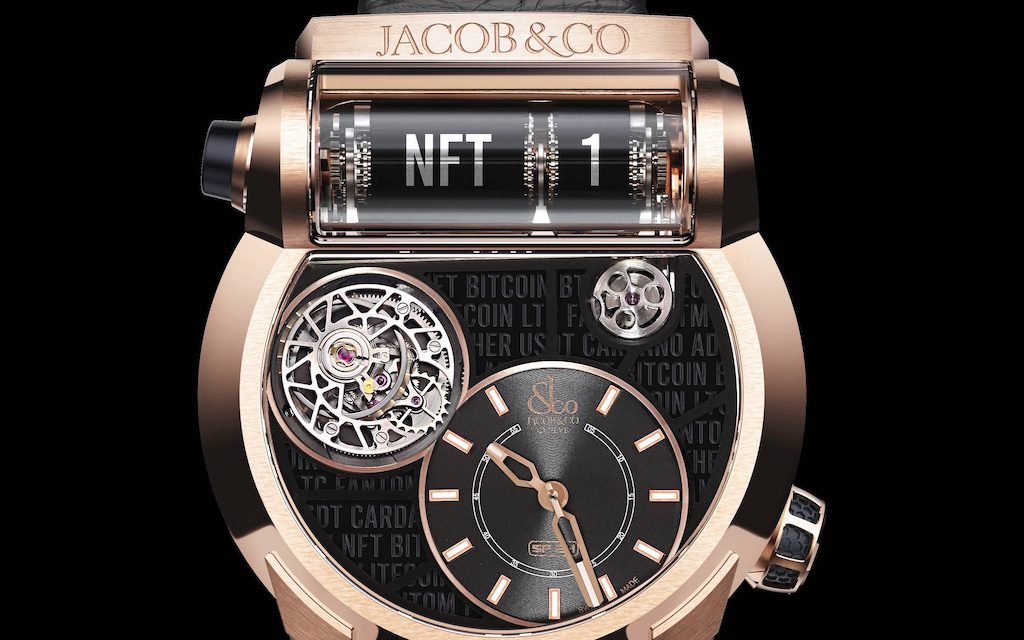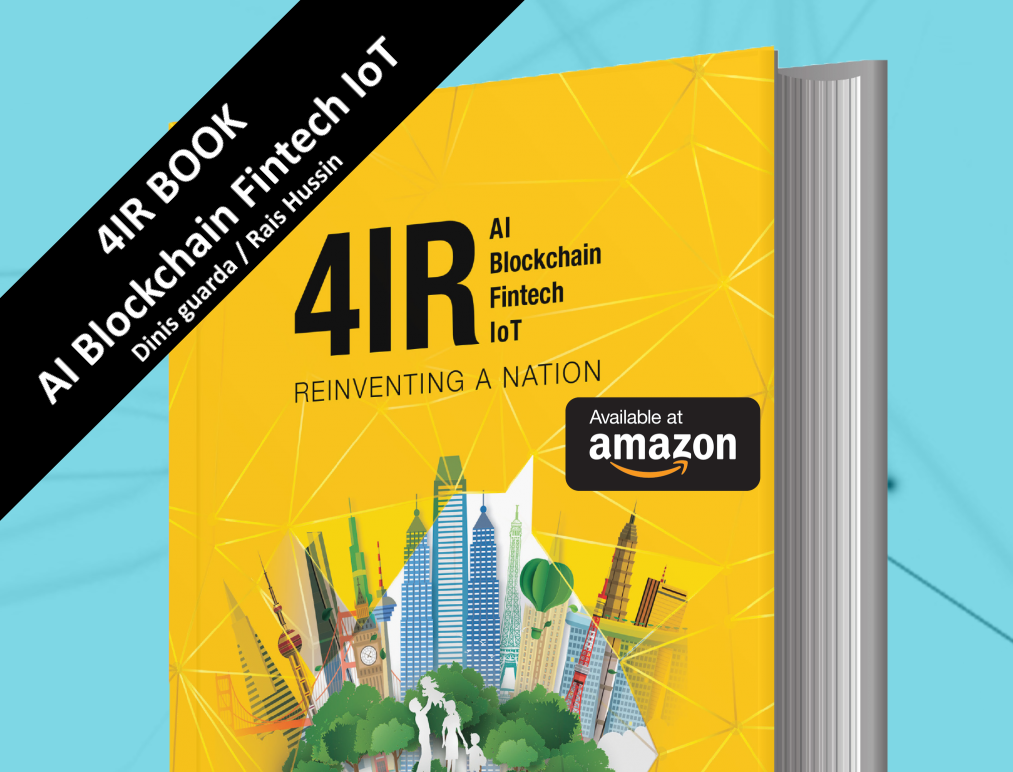The growth of NFTs, Non-Fungible tokens, in the Fashion industry throws up a few questions. We all know the story began in February 2021 when design firm Rtfkt and teenage digital artist Fewocious launched a trio of NFTs for an estimated $3,000, $5,000 or $10,000 respectively. This was a runaway success with 621 pairs of the digital shoes being acquired, resulting in an estimated $3.1 million. A windfall by any measure!
In no time, fashion brands began selling their work embedded with a unique digital signature that verifies its authenticity and increases its value. Younger consumers entered the luxury fashion market eager to create images of themselves wearing 3D clothing from their go-to fashion brand — and share it on social media. As we all know, customers do not buy yet another pair of expensive apparel and accessories because there is a red carpet soiree that just fits the bill. They acquire it because they want to be a part of the luxury culture, heritage and unique story that the brand has built. It offers them a certain status.
However, despite the clear advantages, fashion has yet to figure the ideal way to integrate NFTs. The digital character of NFTs is a direct contrast with the fact that fashion is all about touch and feel. And there are reports that minting it is not at conducive to the environment. Per l’official, ”NFTs also pose a surprising threat to the environment… The minting of assets on blockchain requires stifling amounts of energy. In the case of the cryptocurrency Bitcoin for example, a study from the University of Cambridge showed the minting requires more electricity in one year than the entire country of Argentina. Hacking in the form of cyber attacks and digital theft are also genuine concerns. Recently Rtfkt was even the subject of a cyber attack, after a drop of sneakers on its website. The sky-high prices of NFTs mean this problem probably won’t go away anytime soon.”
BENEFITS OF NFT
Almost as soon as fashion began investing and minting in NFTs it seemed like a modern-day digital gold rush. It was apparent that NFTs represent a greater opportunity than collecting exorbitant digital images for social status. So let’s look at a few of the most promising benefits of this technology space.
After design firm Rtfkt and teenage digital artist Fewocious retailed a trio of digital sneakers for reportedly $3.1 million, even the most conservative luxury fashion brands embraced the potential of NFTs. Gucci debuted its first NFT with a fashion film inspired by its new collection ‘Aria’. Co-directed by Gucci Creative Director Alessandro Michele and award-winning photographer- director Floria Sigismondi, it was released as part of ‘Proof of Sovereignty: A Curated NFT Sale By Lady Pheonix’ at Christie’s. All proceeds from Gucci’s NFT sale were donated to Unicef USA to support Unicef’s role in Covax, an initiative aimed at ensuring global equitable access to Covid19 vaccines. The starting bid began at US$20,000 and ended at reportedly US$25,000 on June 3, 2021 — payable in Ethereum cryptocurrency.

Gucci released an NFT at ‘Proof of Sovereignty: A Curated NFT Sale By Lady Pheonix’ at Christie’s.
ArtGrails auctioned an NFT made by watch brand Jacob and Co., where the successful bidder received everything associated with the purchase of a luxury timepiece, such as ownership certificate and a case housing a hard drive with the NFT — a digital representation of the watch. Nike secured a patent for CryptoKicks, which denotes the pairing of a non-fungible token with a physical shoe release. Once a purchase is made with a registered seller, the buyer receives a corresponding NFT that verifies authenticity and ownership. If the shoes are subsequently sold or traded again, the digital token follows with them. So, it would be fairly simple to tell the difference between counterfeit and the real deal.
An NFT can make virtual fashion items as unique as tangible products, solving the problem of manufacturing and shipping the product. Per GQ, ”It might seem strange to buy a watch you can never wear. But how often do sneakerheads actually wear their sneakers? John Crain, co-founder of digital art marketplace SuperRare, says, ‘What do they do with their sneakers? They post pictures up on Instagram and then they go into a closet. The value of the sneaker is in its digital cache.’ In that case, NFTs only makes this process easier, and buyers no longer have to deal with the annoyance of shipping, storing and praying they’re actually getting the real deal when they buy an expensive shoe online.”
French blockchain specialist Arianee and the Fédération de la Haute Couture et de la Mode collaborated to offer select guests NFTs as part of a pilot project for Paris Fashion Week Men Spring Summer 2022 and Haute Couture Week. The NFT, with a unique digital artwork, enabled users to share it on social media, own an augmented-reality image and access exclusive content and AR experiences and accreditation for Paris Fashion Week. Instead of sharing their personal data at the entrance gate, guests displayed NFT ownership to access Fashion Week. ”This partnership is an opportunity for Arianee to open new horizons by co-creating a new form of NFT for one of the foremost fashion events in the world,” said Pierre Nicolas Hurstel, chief executive officer and cofounder of the tech company, in a statement.
NEGATIVES OF NFT
Despite the clear advantages, the digital character of NFT is a direct contrast with all that fashion is revered for — touch and feel.
Per l’official, ”NFTs also pose a surprising threat to the environment… The minting of assets on blockchain requires stifling amounts of energy. In the case of the cryptocurrency Bitcoin for example, a study from the University of Cambridge showed the minting requires more electricity in one year than the entire country of Argentina. Hacking in the form of cyber attacks and digital theft are also genuine concerns. Recently Rtfkt was even the subject of a cyber attack, after a drop of sneakers on its website. The sky-high prices of NFTs mean this problem probably won’t go away anytime soon.”
NFTs are still a relatively new type of asset and could introduce unexpected challenges for buyers. Here are just a few issues to be aware of and investigate further before purchasing NFTs — anyone could take a photo of an image, put it on a blockchain and sell it so the buyers must confirm that they are purchasing the NFTs from the artist or that the seller has the rights to sell the NFT. Additionally, the value of your purchase has the potential for dilution, depending on how many times the artist will sell that work. Per the contract, define the value of what is being bought and if that changes whether you buy one of the first ten in a series or the hundredth!! Lastly, if you purchase something, you need to know its value and include it in your tax returns and insurance policy. Laws, IRS guidelines and insurance policies are continually change as this new asset class evolves and may not agree with you on the value of your NFT.

NFT released by Jacob and Co.
Most importantly, the growing awareness of NFTs’ environmental impact comes to light as evidence piles up against crypto technology. Consider the factors that contribute to the carbon footprint of NFTs to perceive if the advantages outweigh the disadvantages. Annually, Ethereum is estimated to consume 44.94 terawatt-hours of electrical energy and is responsible for about 21.35 metric tons of carbon dioxide released each year. The amount of electricity that mining Bitcoin consumes in a year is comparable to that used to power regions like Malaysia, Sweden or Ukraine, per Cambridge Bitcoin Electricity Consumption Index. In a recent study, scientists warned Bitcoin alone could push the Earth’s temperature 2 degrees Celsius above historical levels, if it were to become as widely adopted as other new technologies.
“We are concerned about rapidly increasing use of fossil fuels for Bitcoin mining and transactions, especially coal, which has the worst emissions of any fuel. Cryptocurrency is a good idea on many levels and we believe it has a promising future, but this cannot come at great cost to the environment,” Brendan McGill, co-founder and head of product design and engineering for carbon offset company Offsetra, told CBS News.
NFTs may be a flash in the pan or they may transform the way we buy and sell creative work. But before we jump in headfirst, let’s weigh the potential risks and rewards.
Jasmeen Dugal is Associate Editor at FashionABC, contributing her insights on fashion, technology, and sustainability. She brings with herself more than two decades of editorial experience, working for national newspapers and luxury magazines in India.
Jasmeen Dugal has worked with exchange4media as a senior writer contributing articles on the country’s advertising and marketing movements, and then with Condenast India as Net Editor where she helmed Vogue India’s official website in terms of design, layout and daily content. Besides this, she is also an entrepreneur running her own luxury portal, Explosivefashion, which highlights the latest in luxury fashion and hospitality.








